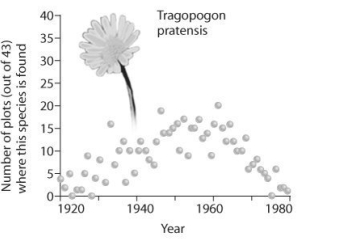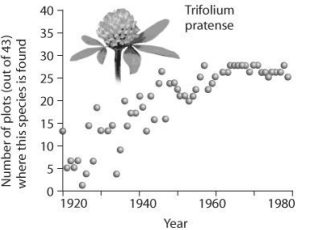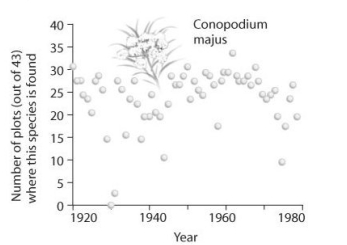Multiple Choice
(a) 
(b) 
(c)  Figure 51.8
Figure 51.8
-Assuming graph b) in Figure 51.8 is the result of some experimental treatment, what can be concluded?
A) The experimental treatment has most likely identified the cause of population cycling.
B) The experimental treatment exacerbated the population cycling.
C) The experimental treatment did not affect population cycling in this species.
D) None of the above answers applies.
Correct Answer:

Verified
Correct Answer:
Verified
Q29: What can we NOT determine from examining
Q30: <img src="https://d2lvgg3v3hfg70.cloudfront.net/TB6548/.jpg" alt=" Figure 51.10 -Based
Q31: <img src="https://d2lvgg3v3hfg70.cloudfront.net/TB6548/.jpg" alt="
Q32: Suppose researchers marked 800 turtles and later
Q33: Which statement about K is FALSE?<br>A) K
Q35: The regular fluctuations in size of animal
Q36: You observe two female fish of the
Q37: <img src="https://d2lvgg3v3hfg70.cloudfront.net/TB6548/.jpg" alt="
Q38: The study of factors that determine the
Q39: Conservationists will take snow geese off the